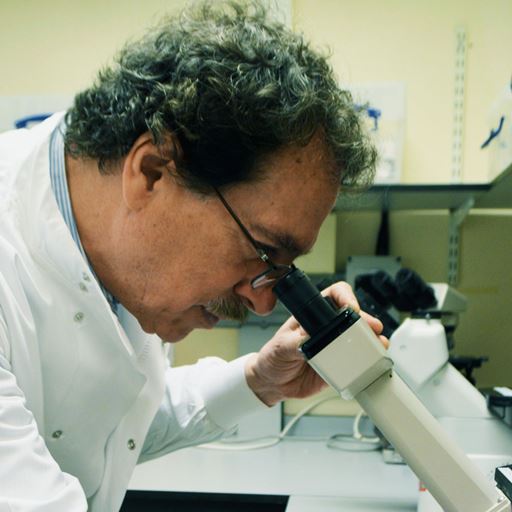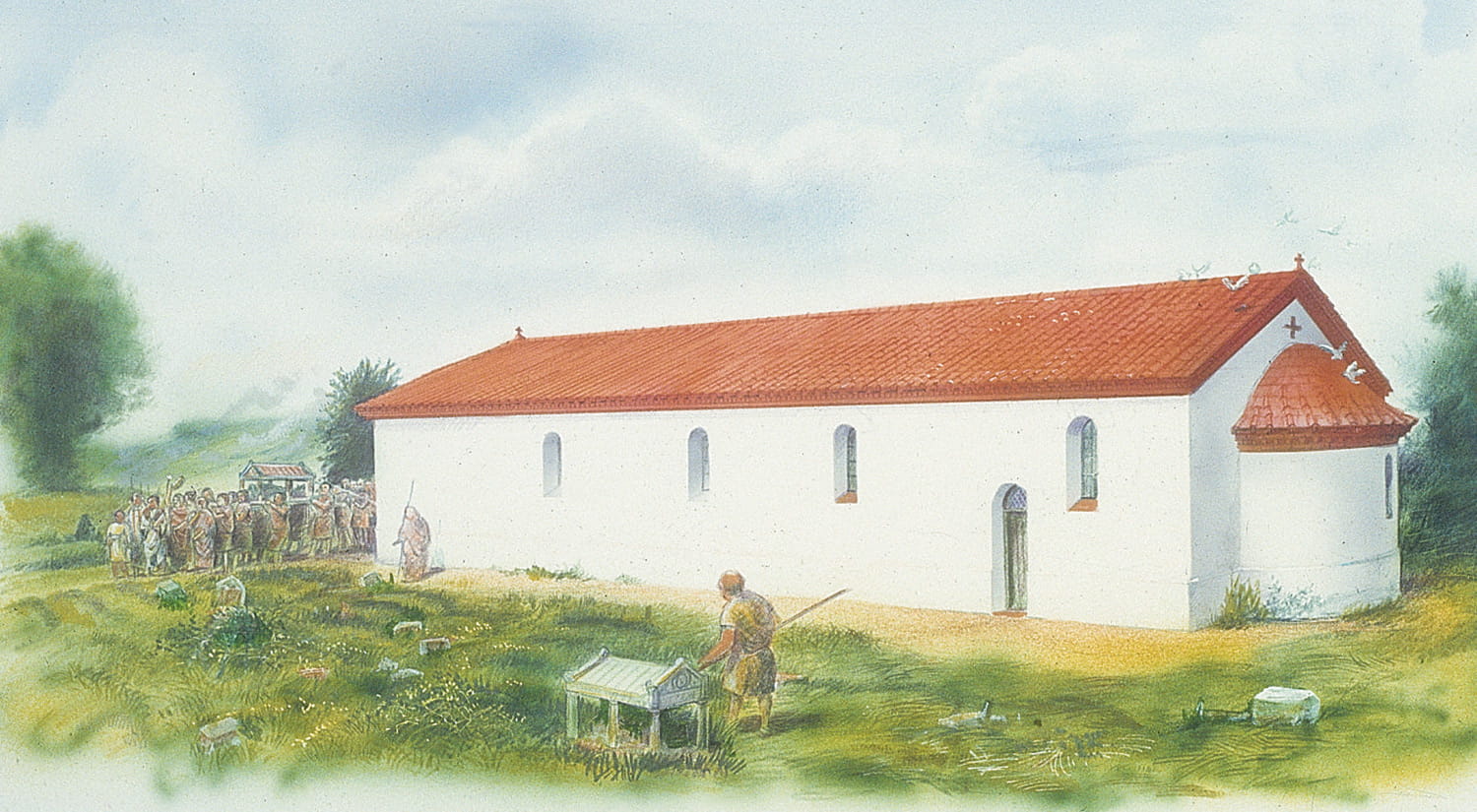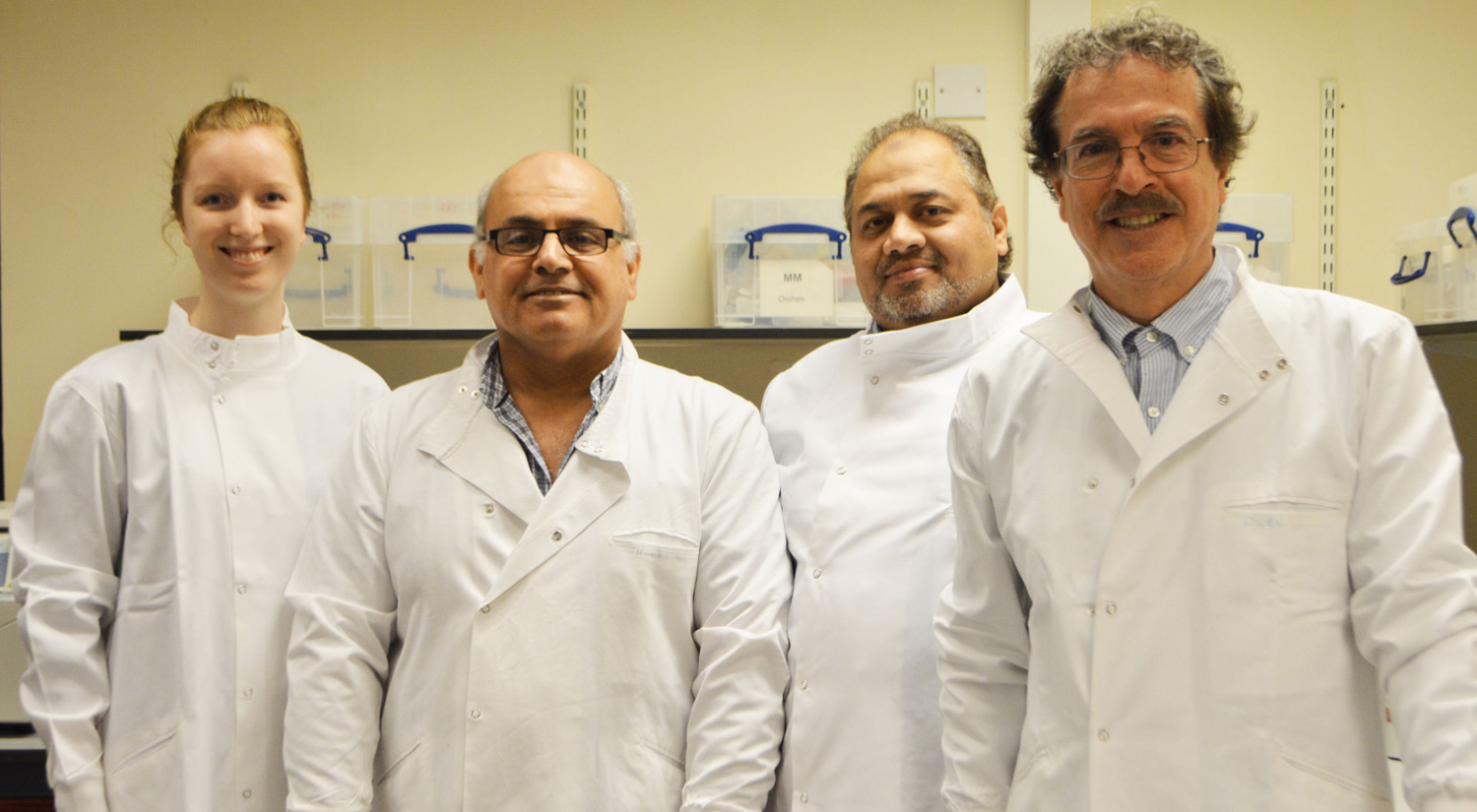Studies of ancient DNA usually determine relationships by looking at mitochondrial DNA (mtDNA). Relationships can also be determined using HLA (human leukocyte antigen) typing which shows how closely the tissues of one person match the tissues of another person and is an effective indicator to show if someone is related. Using both approaches, the scientists found that the individuals buried within the vault complex at Butt Road were interrelated and were most likely from Roman descent.
The results also throw some light on Christian funeral practices in Roman Britain. Most of the sampled graves which were arranged around the pair of vaults are interpreted as ‘focal graves’. The results indicate that family burials could be an important focal burial characteristic, with the associated family groupings perhaps representing people of privilege within the community.
Professor Fernández said: “In recent years, aDNA analysis has breathed new life into archaeology as it is such a powerful research tool. It means that we have been able to for the first time scientifically prove the long-held theory that there were family burial areas at the Butt Road Roman cemetery by showing they shared the same inherited genetic markers.”
As Britain’s oldest recorded town, during the Roman period Colchester had a number of areas that were clearly used solely as cemeteries. The Butt Road Roman cemetery is one of the largest excavated Romano-British cemeteries and is associated with a church building, probably the earliest known in Britain.







